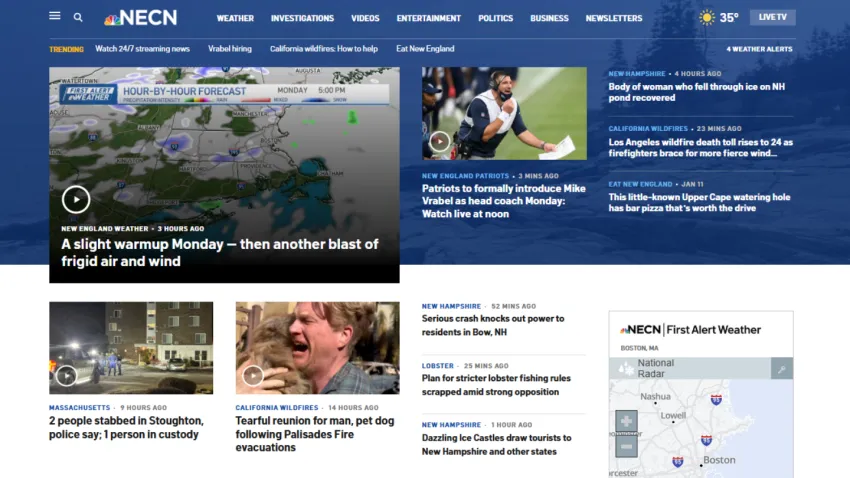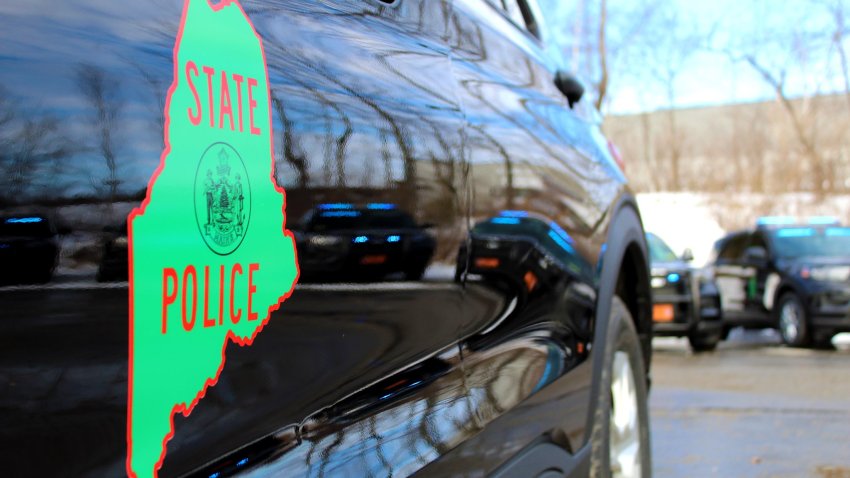

The Latest
-

C's overcoming 3-point woes is great sign for title chances
The Celtics were forced to make adjustments against the Magic’sstingy 3-point defense, and they succeede
-

Tatum makes more NBA playoff history with dominant Game 5 vs. Magic
Jayson Tatum went on a remarkable run over the Celtics’ last three playoff games against the Magic.
-

Women's health research organization has ‘uncertainty' over future federal funding
There is confusion and uncertainty at one of the largest research study organizations for women’s health after it received notice of a cut to its federal funding — though the government says the work will not be terminated.
-

Why Mosley ‘absolutely loves' coaching against Mazzulla
Magic coach Jamahl Mosley heaped praise on his counterpart Joe Mazzulla before Game 5 on Tuesday night.
-

Great white sharks are key to healthy ocean ecosystem, researcher says
Neil Hammerschlag of the Shark Research Foundation, who works with researchers at Cape Cod’s Atlantic White Shark Conservancy, spent 20 years in South Africa studying great white sharks
-

Celtics-Magic recap: C's clinch series with Game 5 rout
The Celtics overcame a slow start and blew out the Magic in a decisive Game 5 at TD Garden, 120-89.
-

Harvard pledges reforms following internal reports on antisemitism, anti-Arab bias
Harvard University is promising to review its academic offerings and admissions policies in response to a pair of internal reports on antisemitism and anti-Arab prejudice at the Ivy League campus commissioned in the aftermath of last spring’s pro-Palestinian protests.
-

Crumbling foundations in Mass. fuel continuing appeals for aid
Despite advocacy from Massachusetts Residents Against Crumbling Foundations, House Democrats declined to support a budget amendment forming a $100 million relief fund
-

Patriots' release of Joe Cardona comes with plenty of symbolism
The Patriots continued a theme of the Mike Vrabel regime by parting ways with veteran long-snapper Joe Cardona on Tuesday.
-

Police identify suspects in attack on Suffolk University student
Boston police have identified a group of people accused of attacking a Suffolk University student as he walked near the Boston Common late Saturday night.
-

Mouth-watering Italian sandwich shop opens in North End
[This story first appeared on Boston Restaurant Talk.] Early last year, it was reported that a new restaurant would be replacing a North End dining spot (and it would be under the same ownership), and now we have learned that it has debuted. According to a press release along with multiple sources, My Mother’s Cutlets is now open on...









